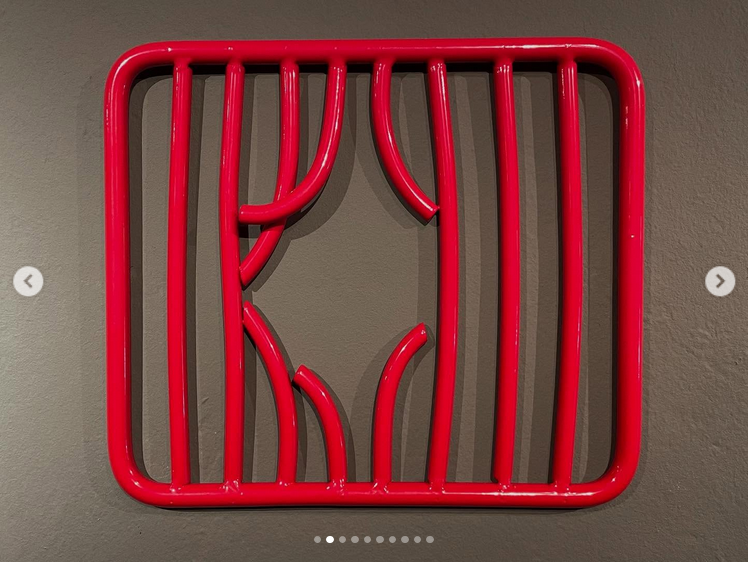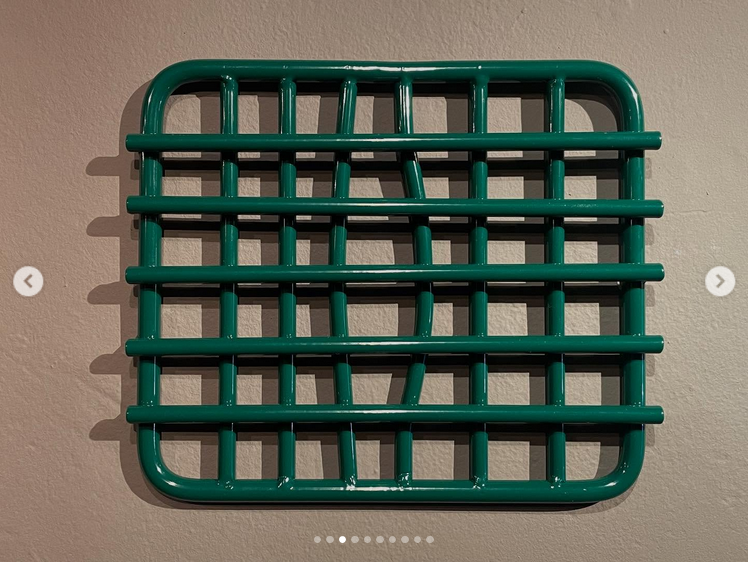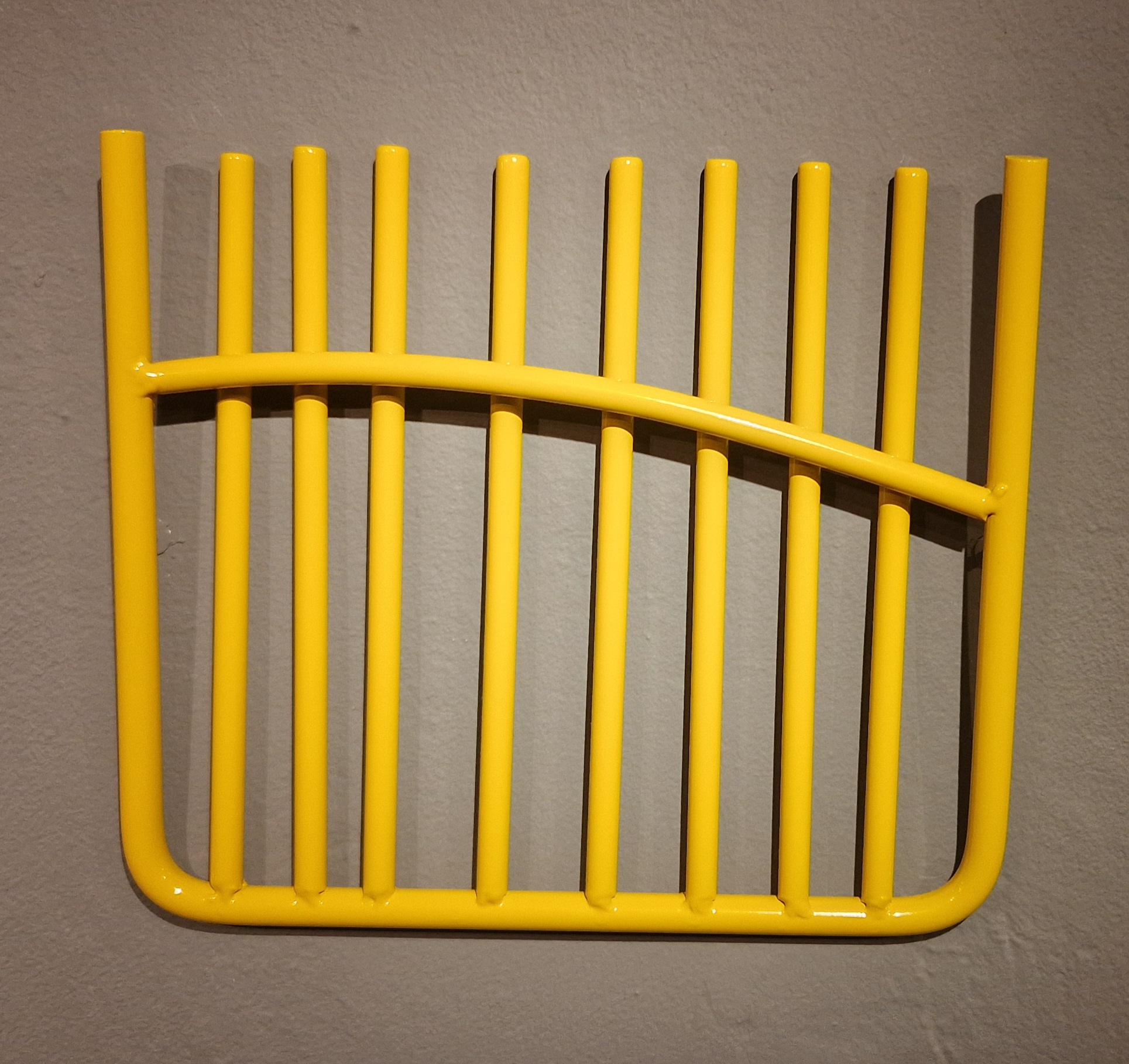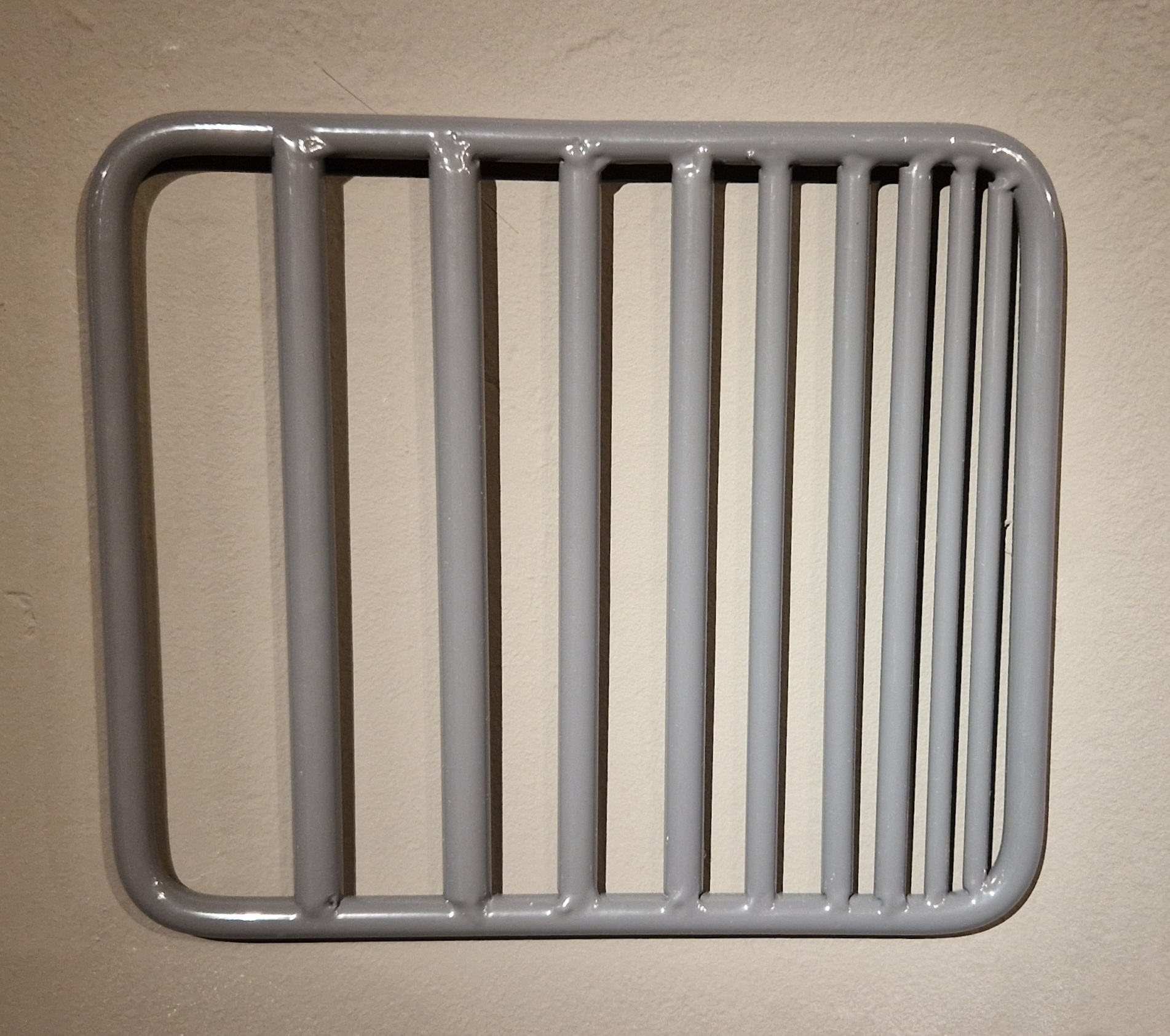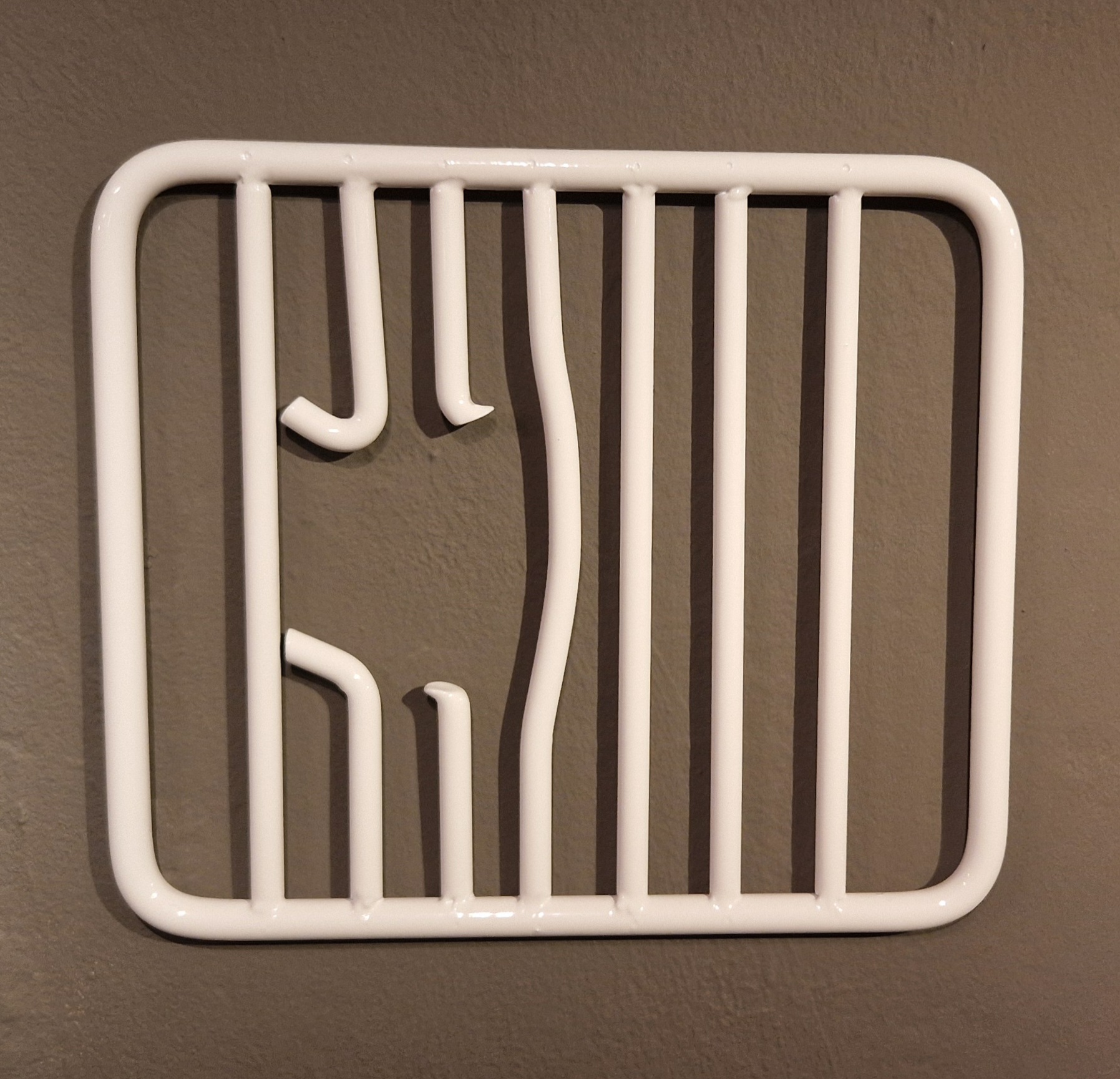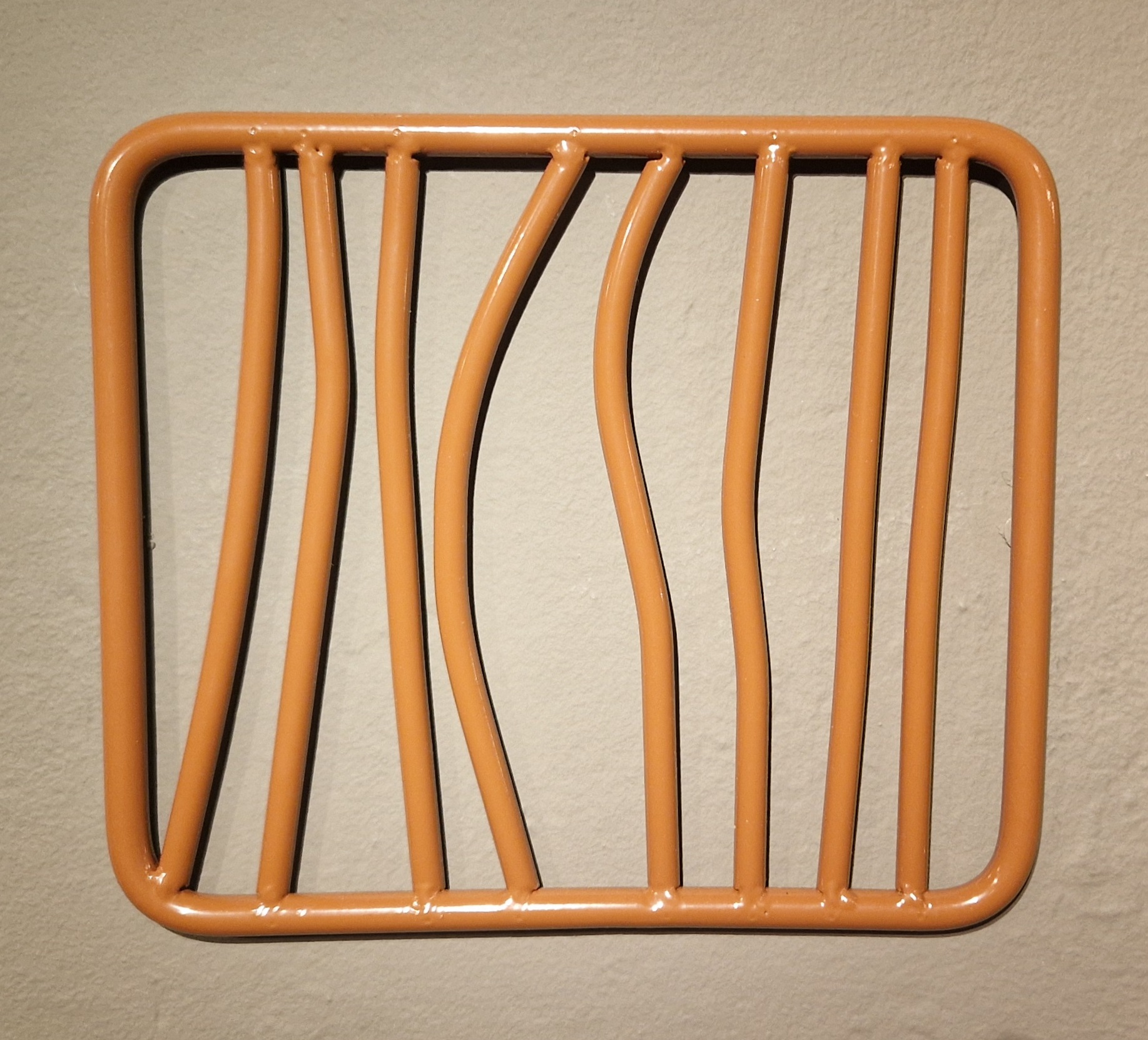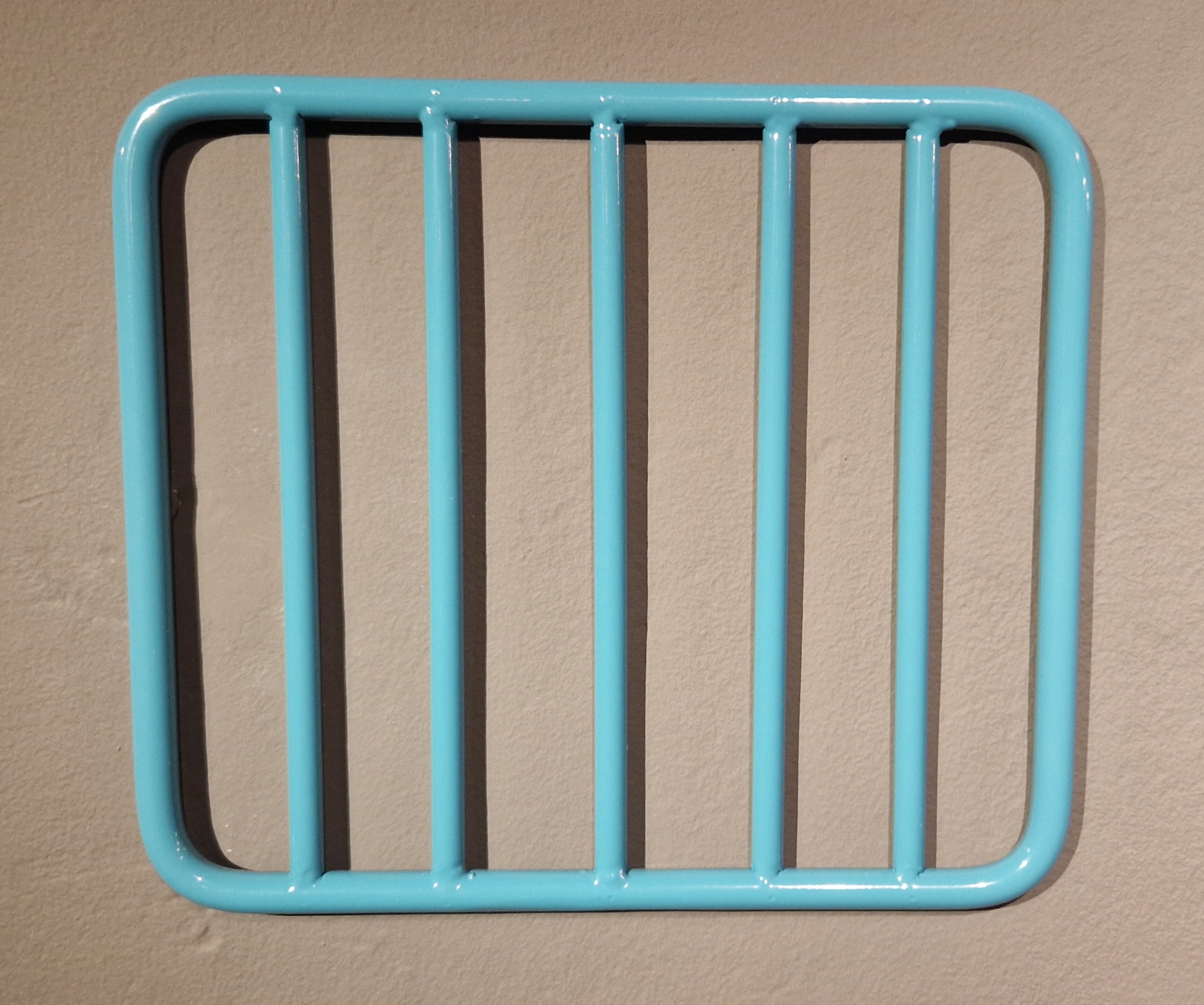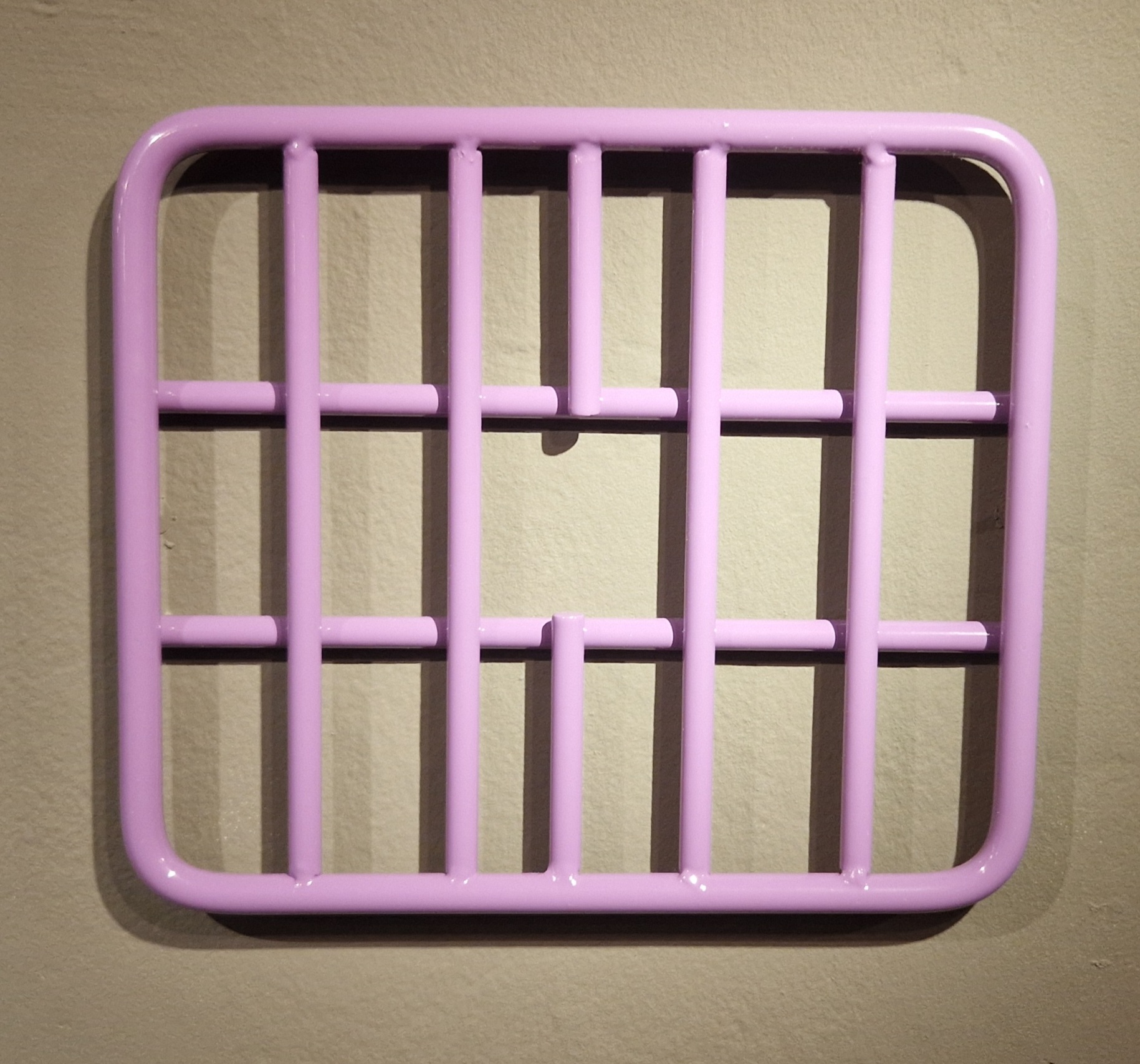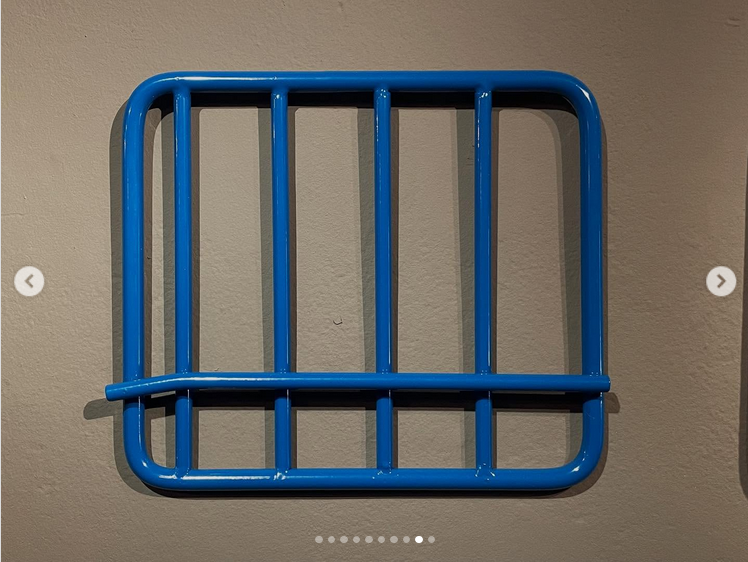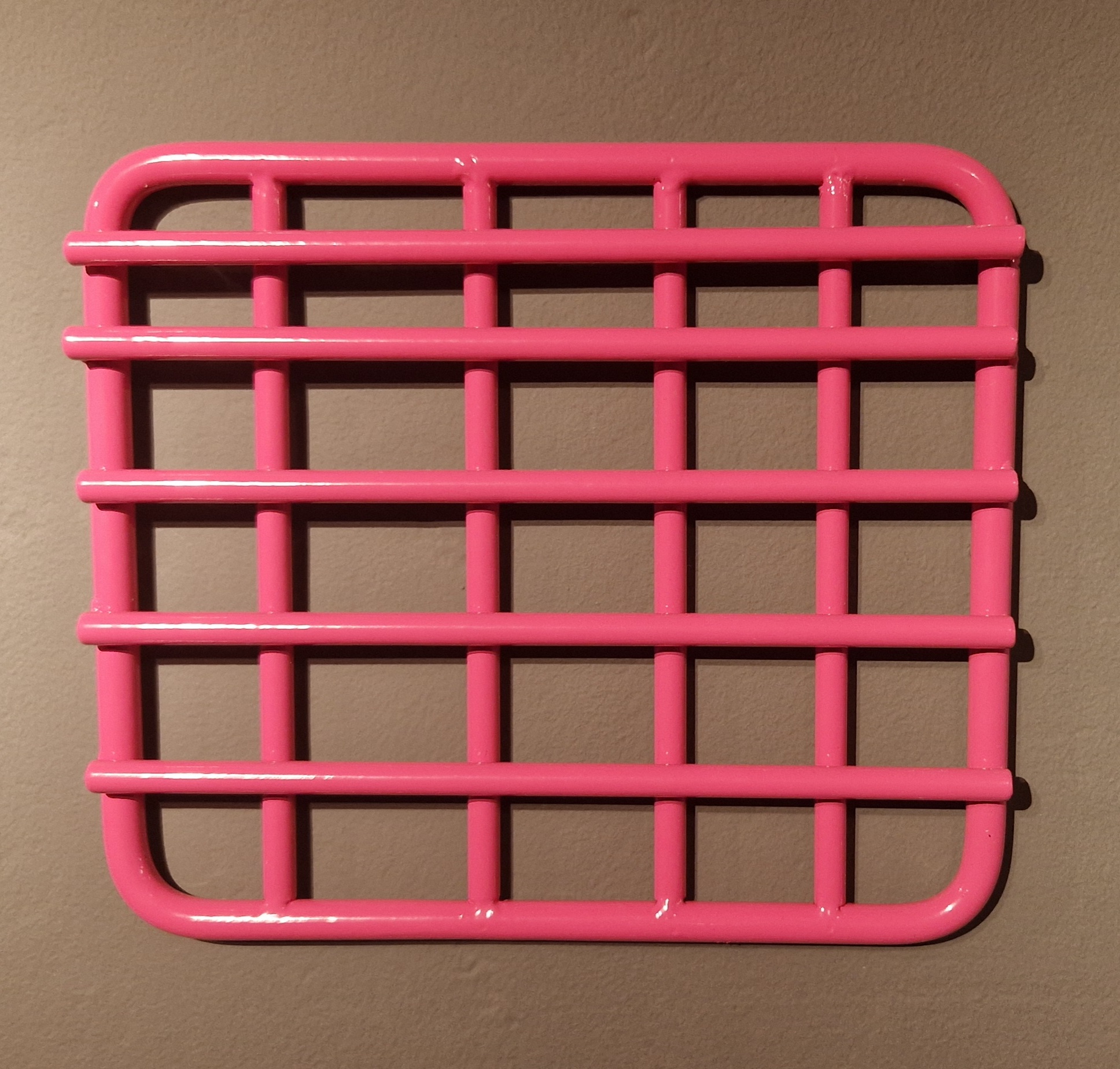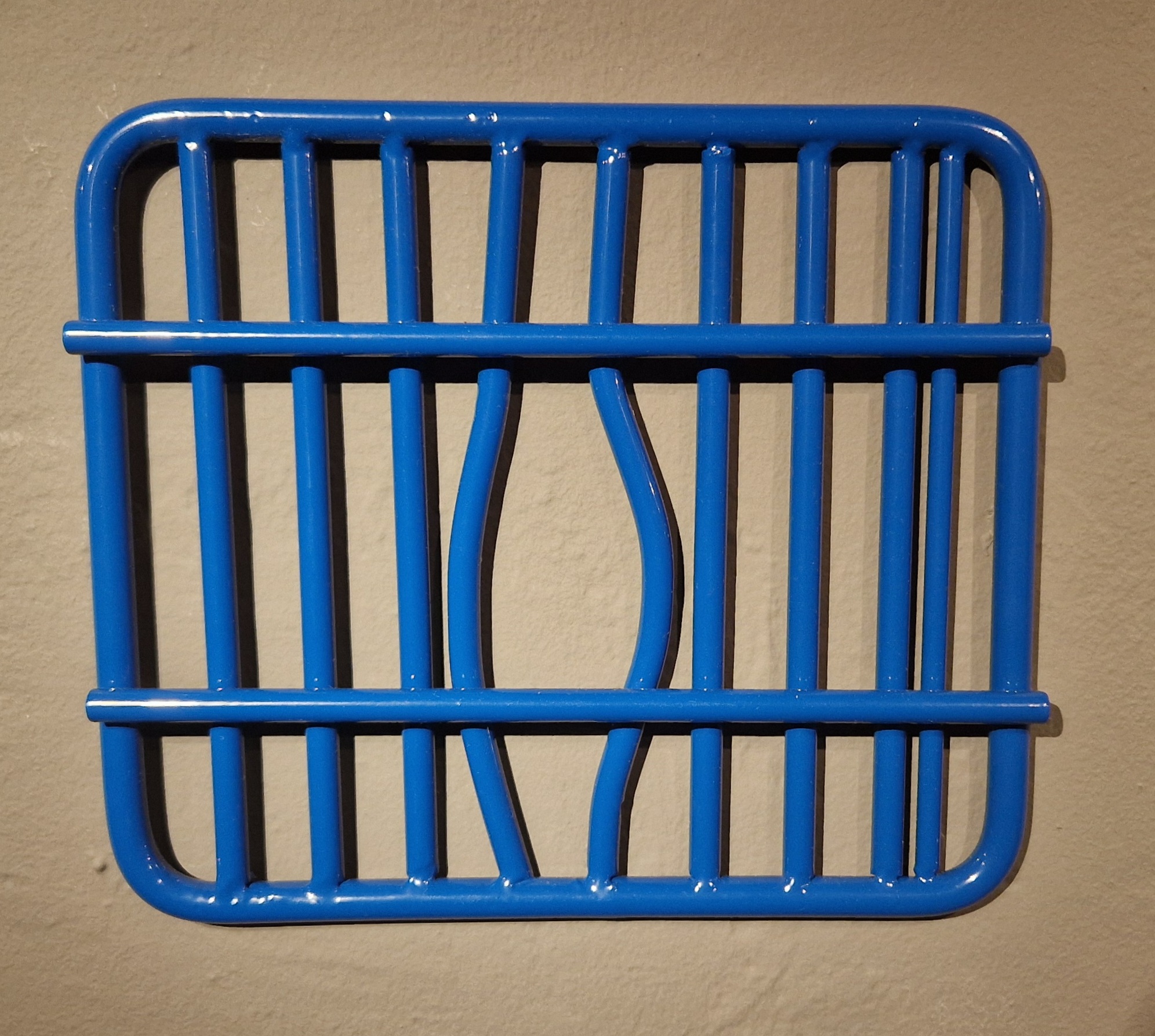Past
Aux contours de l'abstraction
Bordering abstraction
- Group show
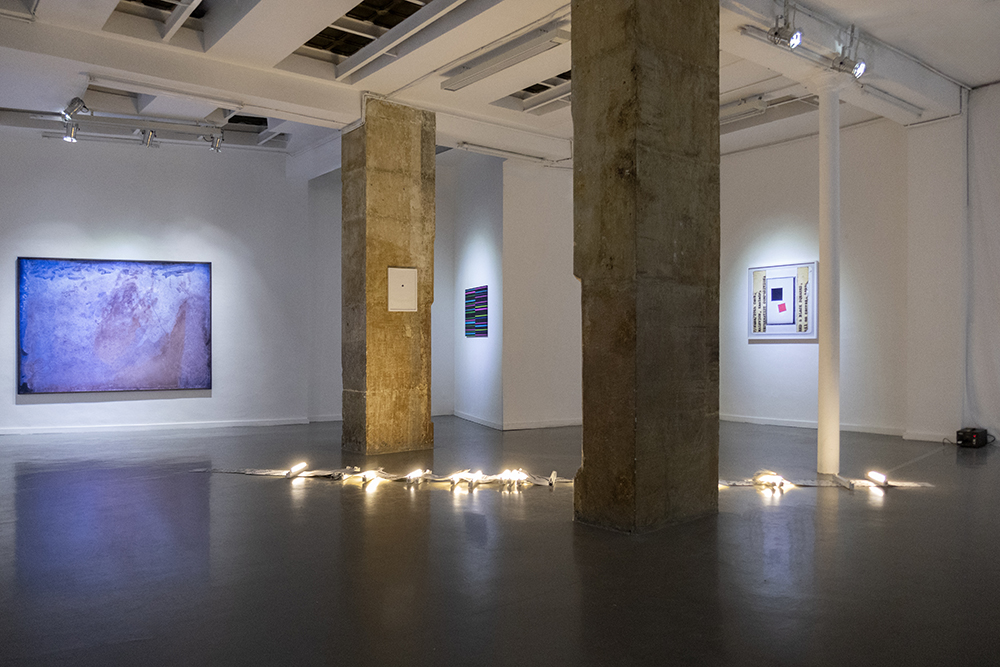
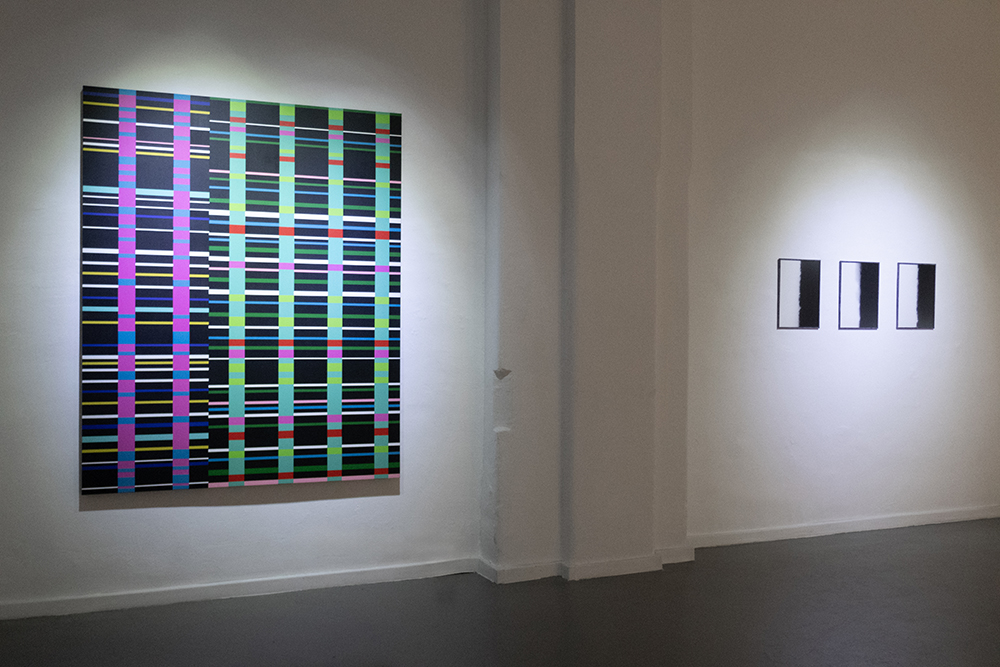
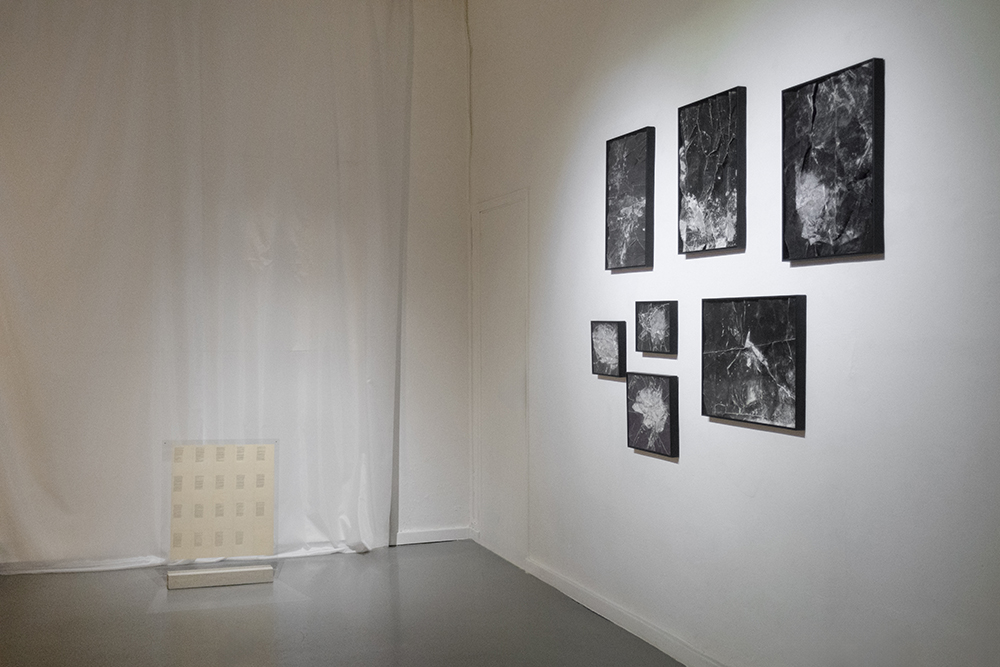
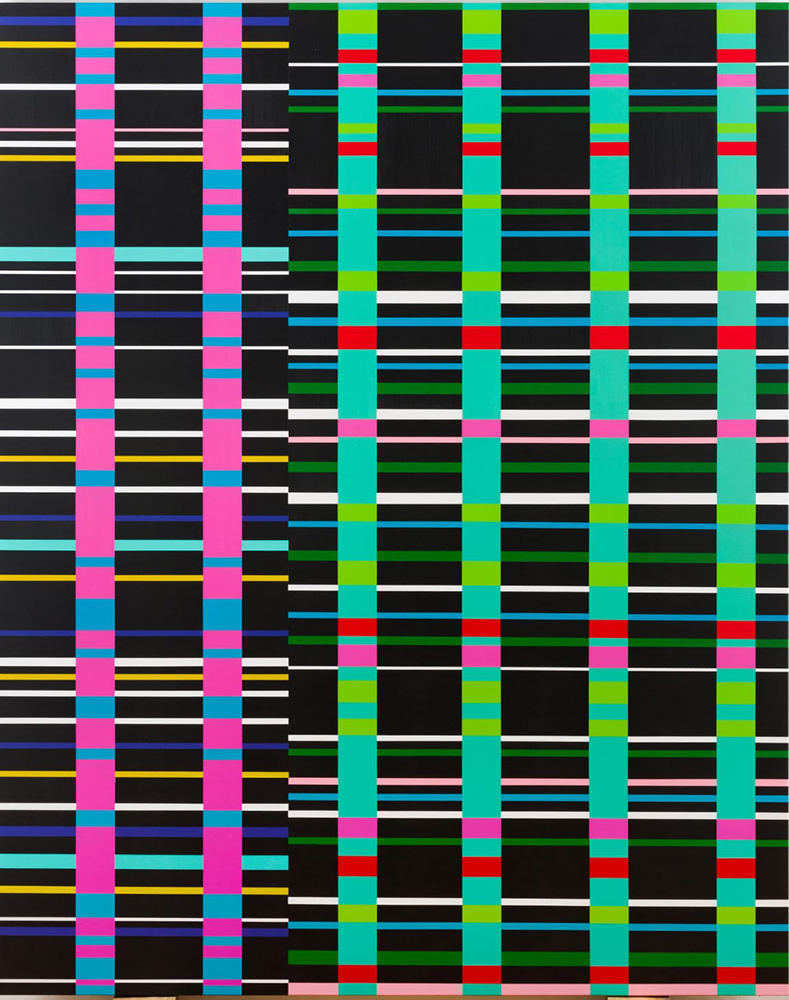
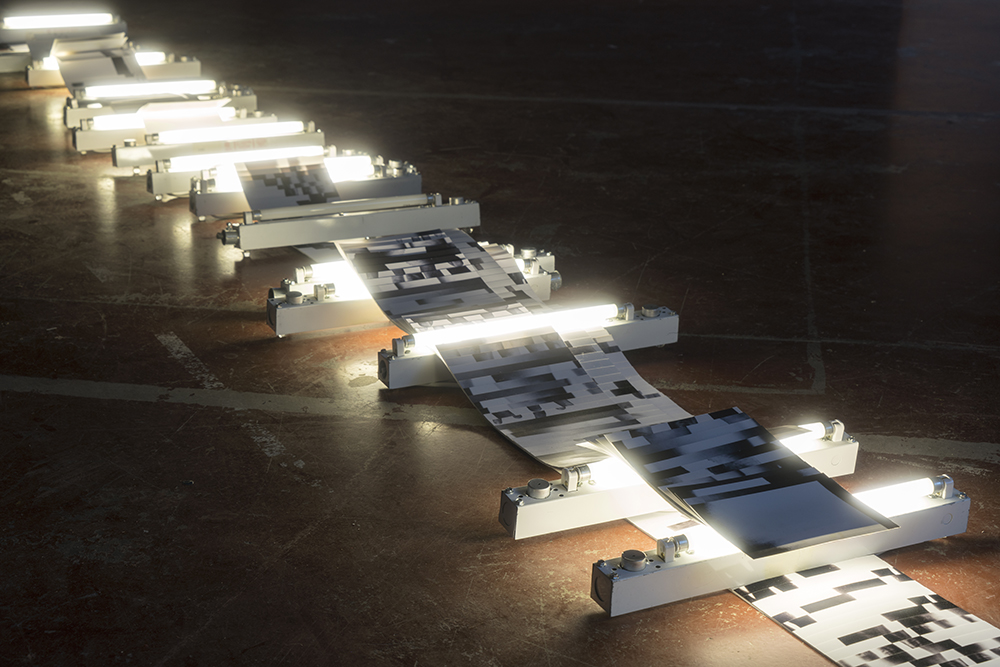

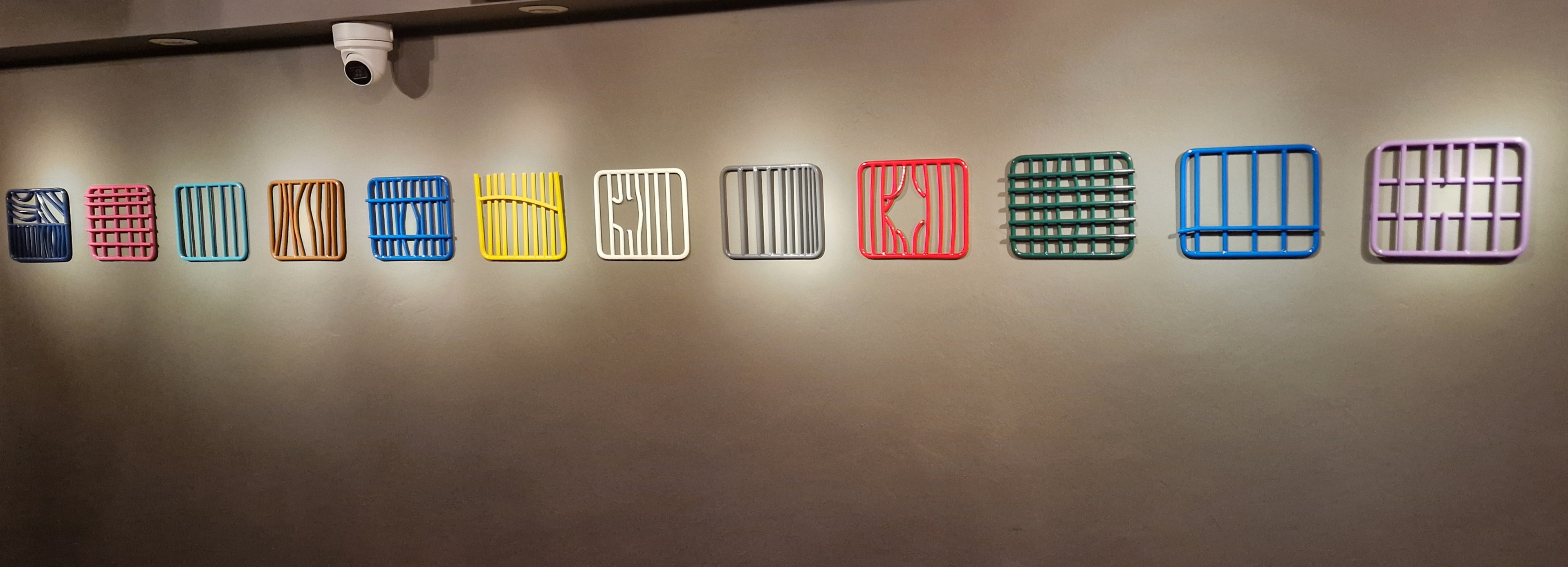
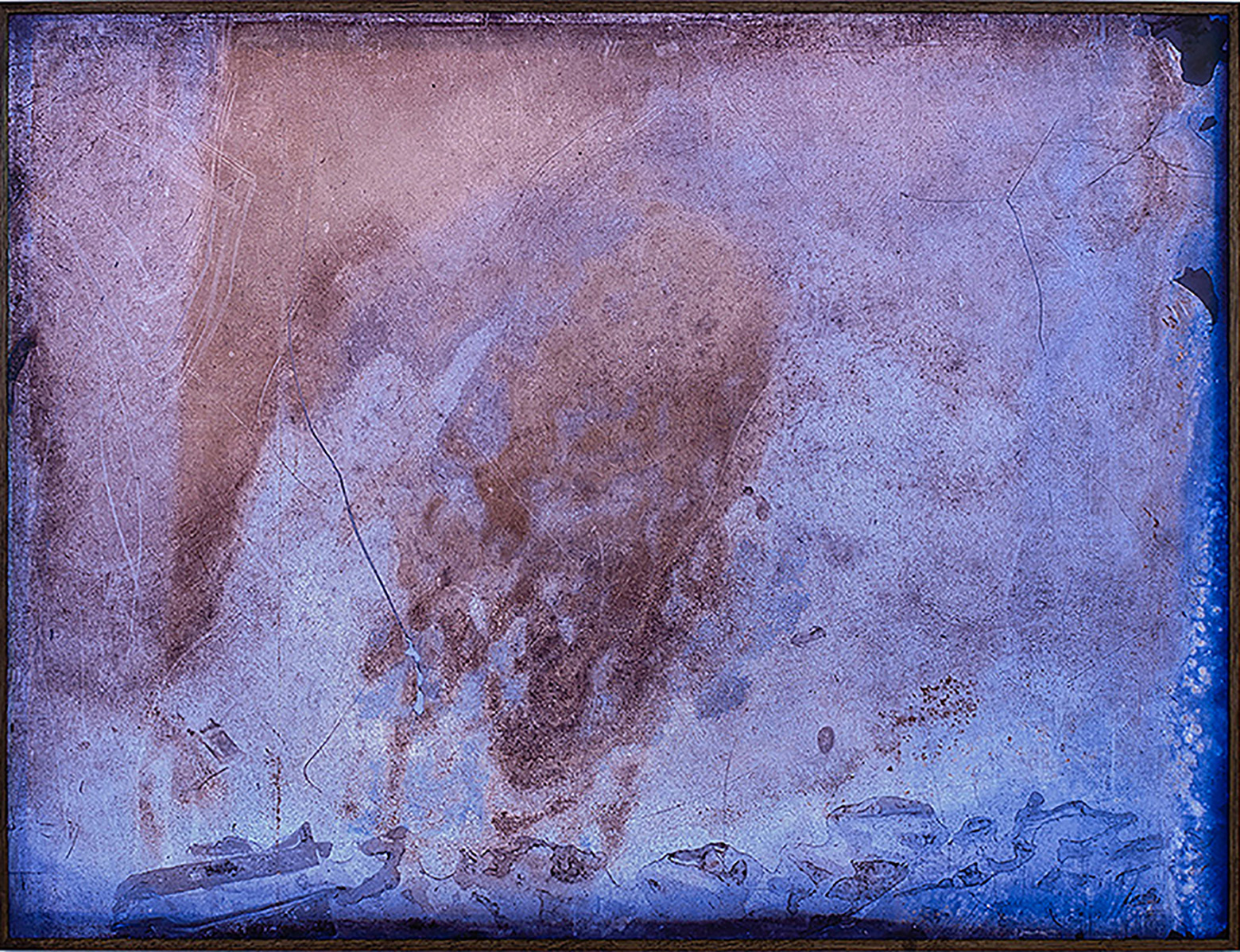
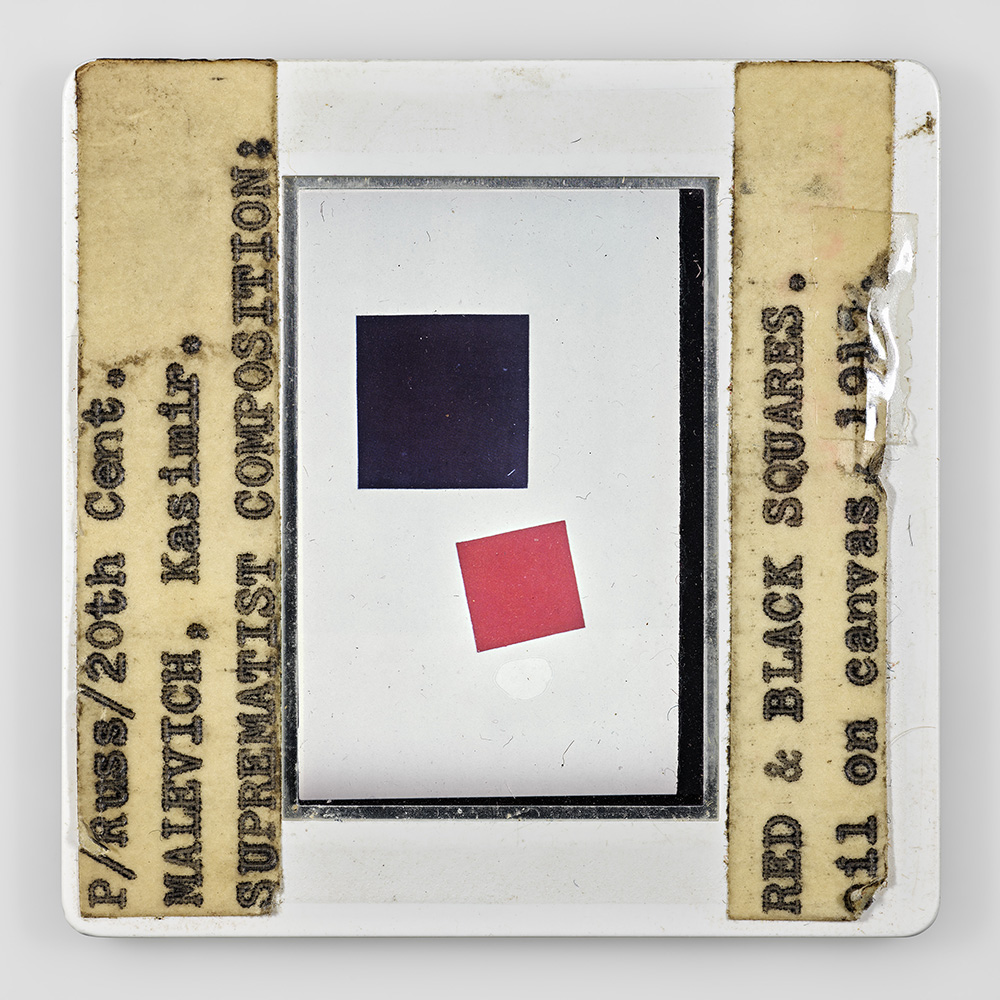
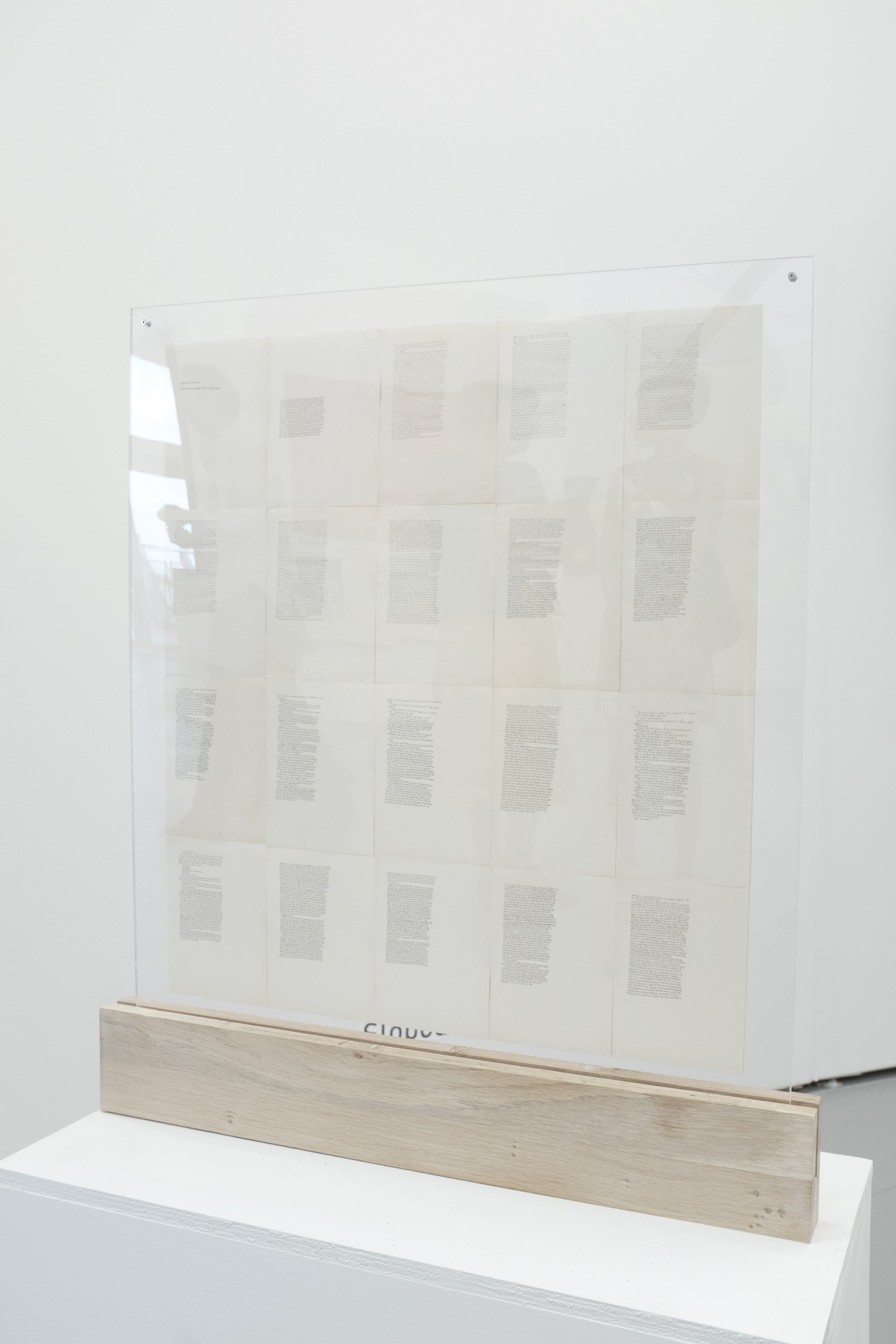
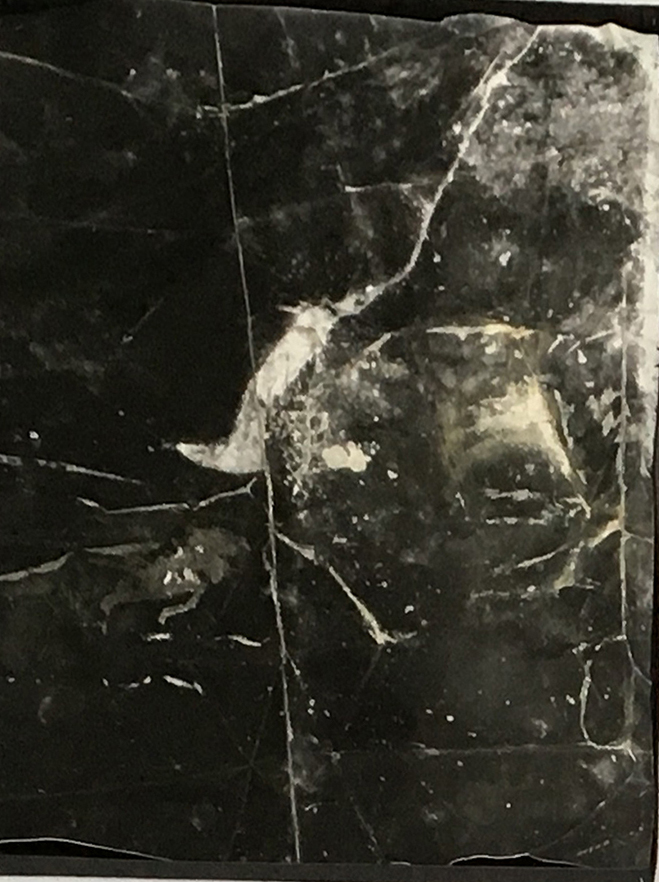
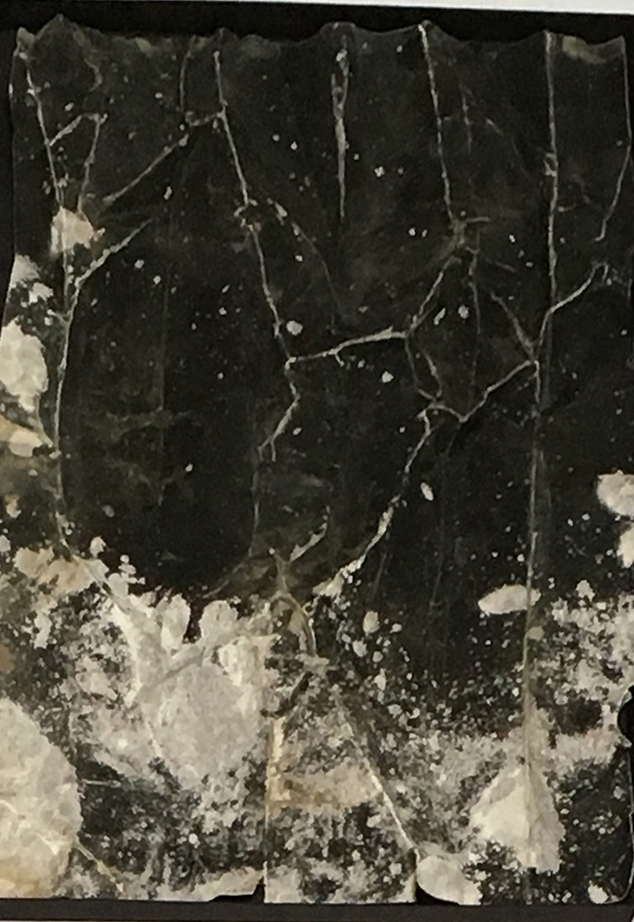
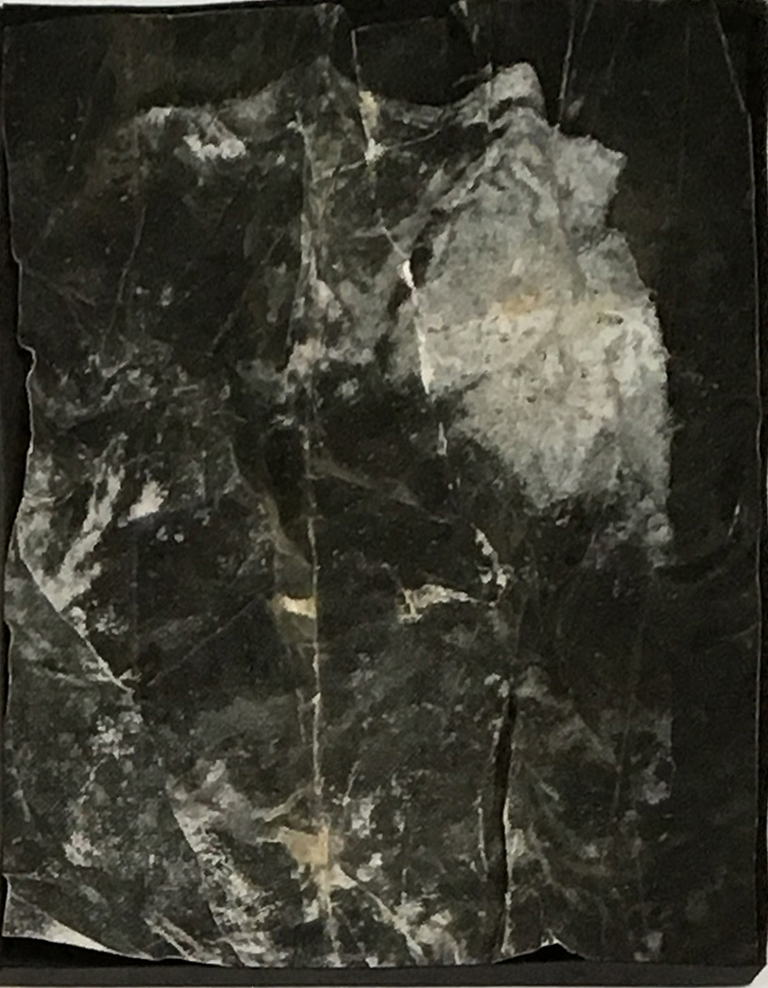
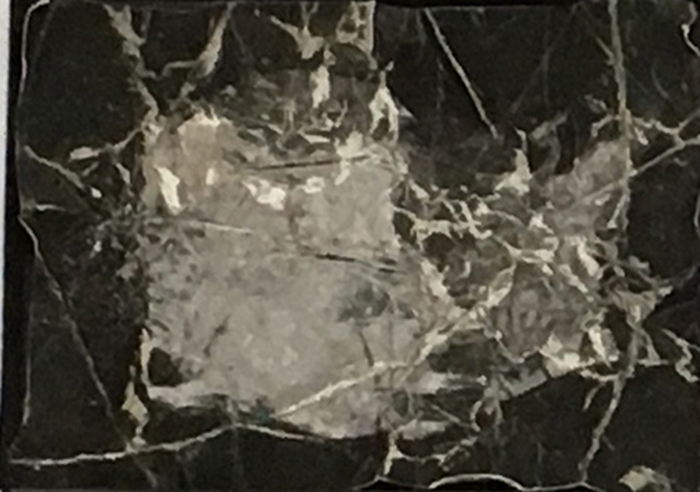
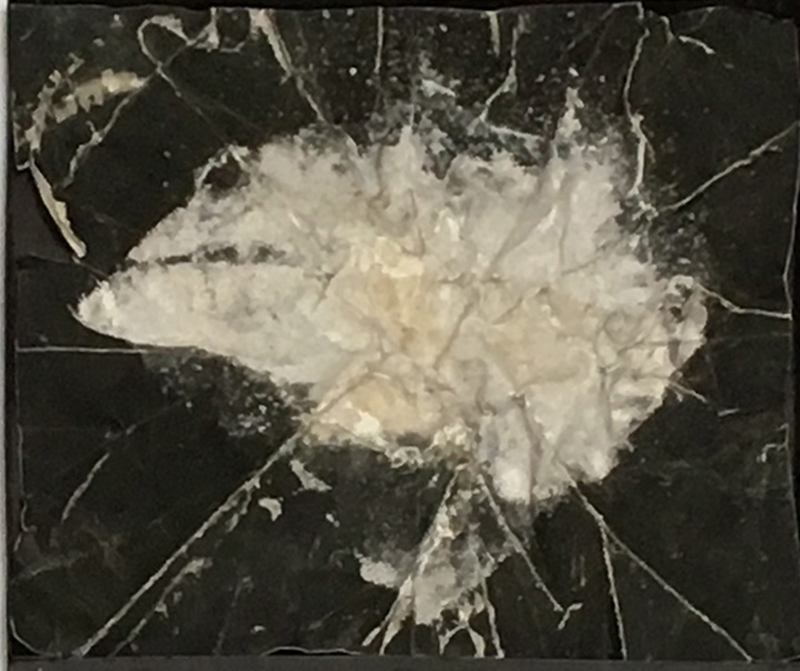
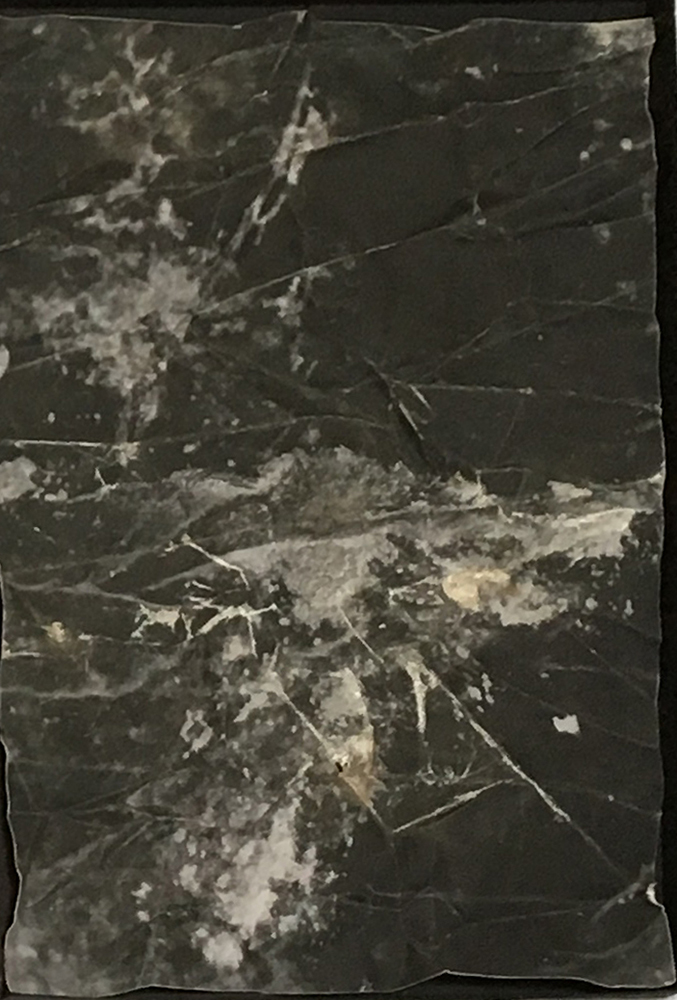
Press release
Between figuration and abstraction, the forms borrowed by the artists sometimes give rise to doubt. If we consider the form as a combination of lines, a search for the outline, it appears that it can be applied both to figuration and abstraction. This also means that it can move away from an easily identifiable representation of reality, without becoming pure abstraction in the sense of mental gesture. The works presented here illustrate forms bordering abstraction while being almost literal translations of reality.
Anila Rubiku's portraits of freed women prisoners do not have the classic form of a portrait. Yet their enigmatic form resembles the bars of a prison while preserving a certain anonymity. These bars are open, a sign of liberation. The colour specific to each portrait marks the individuality of each woman.
Nemanja Nikolic creates a vocabulary of geometric shapes and colors to translate into paint the tone of a film, its composition, its rhythm or its music. Close to the first experimental films then the creations of the Bauhaus, the forms of these paintings oscillate between non figuration and abstraction.
Paula de Solminihac?s enigmatic "Black barks" are the result of an experiment in the Galapagos Islands where it is forbidden to take anything out of the territory. Wrapping a stone in photographic paper then immersed in the sea, the artist reveals the random and non-figurative form of the natural print of the stone on the photogenic paper. Just as mysterious appears the imprint of an apparent stain on white paper that Sophia Pompéry proposes in her series «Und Punkt». It is no other than an extreme enlargement of Arthur Schnitzler's final point as it appears handwritten at the end of «Traumnovelle». As for the intriguing photograph of AnaMary Bilbao with the equally enigmatic title, "Discovers the sky from below", it results from a negative on glass whose original image has partially, or completely disappeared under the effect of corrosion and the spread of silver nitrate over its entire surface.
In his series «Stills», Sebastian Riemer reactivates the abstract paintings of great masters through a reappropriation of slides used to illustrate art history courses.
"Dead Letters" by Slobodan Stosic appears as an impossible to read work. A fundamentally conceptual work, it results from the handwritten copy of "Bartleby the Scrivener" by Herman Melville. In a performative act, the artist embodies himself as a scribe, copying the entire text by hand in its English version. Adding the constraint of writing with letters 1mm high, on pages of 10.5x15 cm.
Vincent Lemaire questions light and time, abstract notions that he tries to materialize. The installation "Chronophotosynthese" brings together human life, represented by a set of fragments and the association of light and time. Reflection on the conditions of existence of life, it presents itself as a sequencing, alternating voluntarily allusive photographs and antiquated neon whose pale luminous intensity and buzzing sound give to see a cosmic atmosphere where the human I merges with the force of the stars. The result of an experiment on the relationships between shadow and light, «Amorces» are born when developing a film when a few centimeters before the first view appears on each negative a transition between extreme clarity and total darkness.



